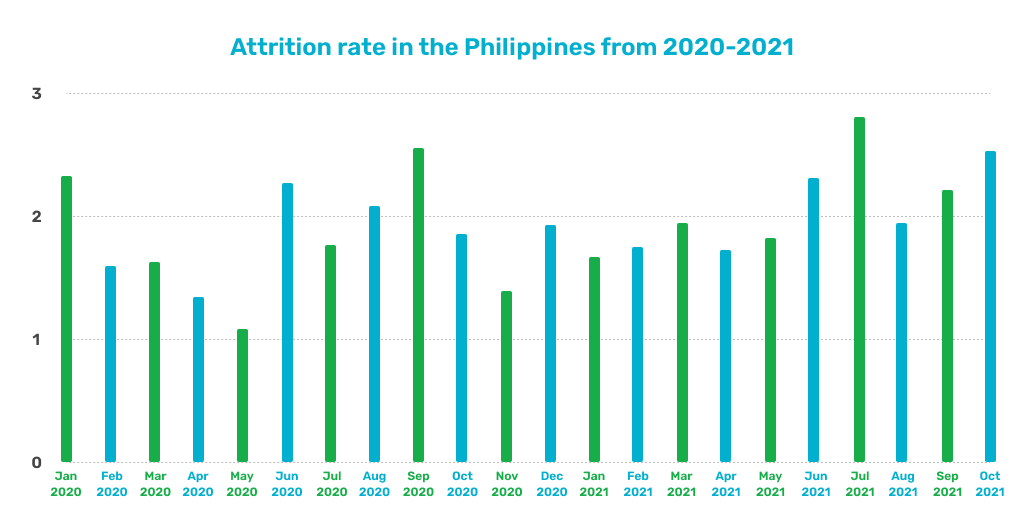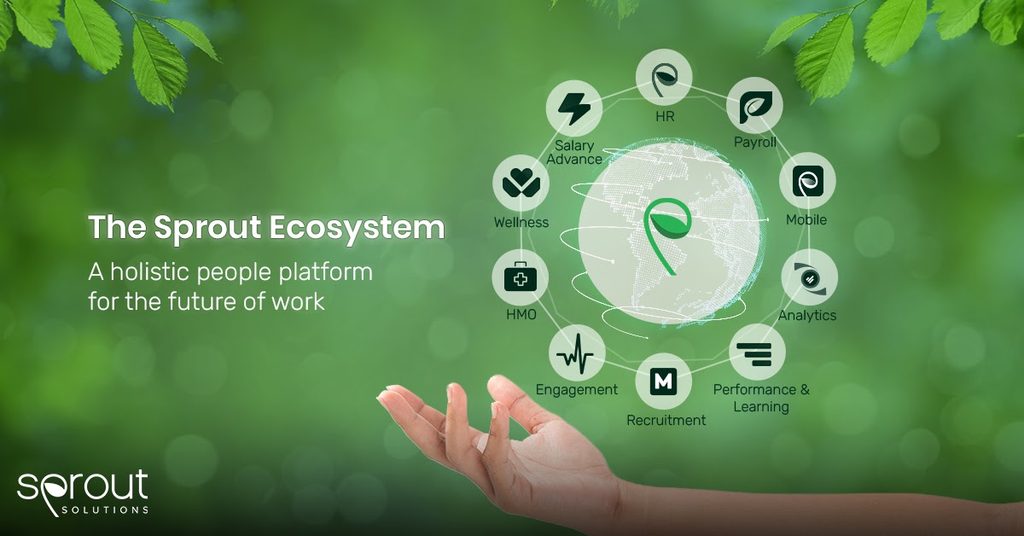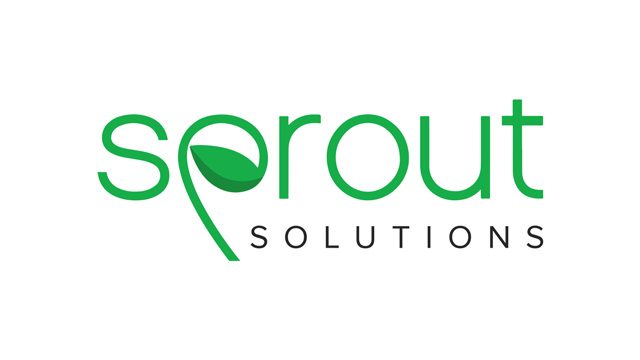SUMMARY
This is AI generated summarization, which may have errors. For context, always refer to the full article.

Editor’s note: This press release is sponsored by Sprout Solutions and was handled by BrandRap, the sales and marketing arm of Rappler. No member of the news and editorial team participated in the publishing of this piece.
A significant fraction of the workforce has quit their jobs this year, resulting in the so-called Great Resignation of 2021. The US Bureau of Labor Statistics reports that in July 2021, four million Americans ended up quitting their jobs.
However, this trend may not be as “great” as it seems – for now.
Even though the impact left by the “Big Quit” is felt in Western countries, the same can’t exactly be said about the Philippines. Experts in Asia describe the Big Quit as the “great reshuffle,” prompting employees to rethink how and why they work.
Here at Sprout, we decided to take a closer look at the local attrition rate trend here in the Philippines. Based on data from 1,000+ customers who use our holistic people platform, we saw that the average monthly attrition for 2021 so far is up by 14% compared to the average monthly attrition of 2020.
Additionally, the average monthly attrition for the first half of 2021 is 33% higher than the average monthly attrition for the second half of 2021. While the data does reveal that the current wave of resignations has an upward trend, it remains to be seen if this trend evolves into yet another great resignation for this part of the world.
Even though the Great Resignation has yet to fully materialize here, it’s best to plan ahead with reliable HR tools and tech. That said, let’s look at the core factors driving mass resignations and how your business can retain talent in this new landscape.
What is the Great Resignation of 2021?
The Great Resignation or Big Quit of 2021 describes the huge wave of people deciding to leave their jobs in the current year. This phenomenon has affected multiple countries across the world. To get a clear picture of what’s happening, consider the figures below:
- A Microsoft survey in 31 countries shows that 41 percent of employees are thinking of leaving their job posts.
- Around 48 percent of workers globally are already seeking new employment opportunities.
- In the United States, four million people have already resigned from their jobs.
- In the United Kingdom and Ireland, 38 percent already have plans to quit their jobs in the next six months or upcoming year.
Now, let’s examine the impact of the Big Quit here in the Philippines.

In the graph above, we’ve illustrated the attrition rate on the local working landscape over the past year. To contextualize, we’ve provided a list of the most affected industries by the Big Quit:
- Construction
- Professional, scientific, and technical services
- Administrative and support service activities
- Electricity, gas, steam, and air conditioning supply
- Information and communication
The attrition rates of these industries are a stark contrast to the numbers we recorded in 2020. For example, the construction industry’s yearly attrition rate in 2020 was 21.6% and it’s risen to 47.9% this year. The same goes for administrative and support service activities, which had the second-highest attrition rate among local industries in 2020.
If the wave of resignations continues, it could stand in the way of a company’s growth. After all, turnovers can be costly and could affect employee morale.
Why are people quitting their jobs?
Various factors can influence a person’s decision to leave their job. Findings from different sources identify the following as the key drivers of the Big Quit:
- Stress and burnout. Abrupt changes in the working setup, a lack of work-life balance, and uncertainty over the pandemic have taken a toll on some employees, according to Gallup research.
- Poor decisions from management. According to a study from Stanford University, some businesses implement hasty cost-cutting measures that directly impact workers such as indiscriminate lay-offs and salary cuts.
- Toxicity in the workplace. Sometimes, it’s toxic managers that drive away talent, because employees feel like they receive little value despite their hard work.
- A shift in priorities. A recent survey from Pew Research Center shows that the pandemic has offered employees more time to think about what they truly want. Some get encouraged to pursue their dream job, while others decide it’s better to be a stay-at-home parent.
- Safety reasons. According to Inc.com, some workers fear for their health and the effects of COVID-19, especially if their workplace plans to return to on-site work.
How can your company retain talent?
Given the upcoming surge in outgoing employees, it’s clear that band-aid solutions won’t cut it. Instead, what employees need is an environment where they feel empowered, secured, and valued. Here are some proven steps to building a work environment that’s worth staying for:
1. Assess your current situation
To properly address the Big Quit, it helps to understand the current situation. A Harvard Business Review article recommends employing a data-driven approach. Here’s how it works:
First, gather relevant data about your work populace. Then, analyze the data you’ve collected to identify the root causes of the resignation. The following factors can serve as a guide on your data analysis:
- Pay or compensation
- Amount of pay increases
- Time between promotions
- Performance
- Tenure
- Growth and training opportunities
Using these metrics, you can identify which employees have the highest risk of leaving their positions. This can help you develop targeted intervention programs to mitigate the problem.
Sprout Pulse is a good tool that measures these metrics and sees how you can retain employees. Our holistic solution empowers you to ask relevant questions, implement a continuous feedback loop, and monitor key areas that drive engagement.
Once you’ve created your survey, you can send it to your employees. The responses will appear on a dashboard so you can see the current state of employee engagement in your company.
2. Examine your actions and impact
Scrutinizing the business side is equally important when assessing your current turnover situation. You’ll need to take a step back and examine how your actions affect your employees. After all, the wrong steps can send the wrong message and drive them away.
Let’s use cost-cutting measures as an example. In this case, you can ask:
- Are you cutting costs reasonably?
- Are you simply chopping off funds wherever possible?
- How will your employees be affected by these measures?
It’s essential that you strike a balance between the needs of your company and employees. You want to reassure them that they are safe and empowered within your company. After all, any wrong actions may instill fear and confusion instead.
3. Listen and communicate regularly
As mentioned earlier, employees want to be heard by their company. They want to have a voice when making decisions and forming their own schedules. When they feel like the company listens to them, they are less likely to leave.
Provide them with a safe, open space where they can voice their suggestions and concerns. But keep in mind that some employees fear backlash when they speak their minds, so it’s best to offer multiple ways to provide feedback. You can do this through anonymous surveys, one-on-one meetings, and other methods.
Establishing a clear communication line is crucial for smoother business operations during the pandemic. Remember that in a hybrid workplace, consistent communication is preferable over radio silence.
4. Trust your employees
In a hybrid work setting, trust is a must, despite instances where you’re skeptical about employee performance. To mitigate this, you may consider micromanaging your employees. However, this approach might not work in your favor.
When you micromanage your employees, they may end up feeling belittled and that you lack trust. Moreover, it can take a toll on a person’s mental health if their managers breathe down their necks at work. If it becomes too much, your employee might take the easy route and simply walk away.
Instead of hovering over them, you can:
- Provide a clear set of expectations and accountability measures
- Keep your communication lines open
- Give them the freedom to solve day-to-day problems
5. Recognize and reward efforts
Employees don’t leave because they’re unable to receive a raise or promotion. Some choose to part ways because they feel overworked and undervalued in the workplace. That said, make sure you properly recognize and reward your workers for their efforts. A SurveyMonkey and Bonusly report notes that 63 percent of the employees who receive recognition regularly are less likely to seek a new job.
Recognition has to go beyond lip service and awards. To make your employees feel valued, acknowledge the positive impact of their work. Moreover, you can also reiterate why and how their work matters.
Aside from verbal recognition, your employees can also be motivated to stay with proper compensation. Take a closer look into your company’s rewards system and see if there’s anything you can change. After all, you’ll need to adapt your system so it’s relevant and meets the demands of the present.
Moving beyond the “Great” Resignation of 2021
The ongoing resignation of 2021 has allowed companies to step back and reflect on their current practices that drive their employees to leave. By employing data-backed yet empathetic efforts, you can ensure that your employees will stay with you. The easiest way to do this is to automate employee life cycle management which the Sprout Ecosystem can help you with.

Automating how you manage your employee life cycle is the easiest way to do this, and the Sprout Ecosystem can help you with it. To see how our holistic suite of HR tools works, our products page has all you need to know.Want to learn more about current HR trends and work hacks? Head over to the Sprout PH Blog. – Rappler.com
Add a comment
How does this make you feel?

![[PODCAST] Teach Me, Senpai, E12: Travel writing and freelancing with Kara Santos](https://www.rappler.com/tachyon/2024/04/teach-me-senpai-ls-guest.jpg?resize=257%2C257&crop=455px%2C0px%2C1080px%2C1080px)

![[PODCAST] Teach Me, Senpai, E8: Illustrating and freelancing with Raxenne Maniquiz](https://www.rappler.com/tachyon/2023/12/teach-me-senpai-ls-guest.jpg?resize=257%2C257&crop=459px%2C0px%2C1080px%2C1080px)
![[PODCAST] Teach Me, Senpai, E7: Tattoos and illustrations with Wiji Lacsamana](https://www.rappler.com/tachyon/2023/11/tms-lacsamana-ls-optimized.jpg?resize=257%2C257&crop_strategy=attention)
![[PODCAST] Teach Me, Senpai, E6: Thrifting and vintage clothing with Season Pass](https://www.rappler.com/tachyon/2023/11/teach-me-senpai-ls-guest.jpg?resize=257%2C257&crop=460px%2C0px%2C1080px%2C1080px)
There are no comments yet. Add your comment to start the conversation.